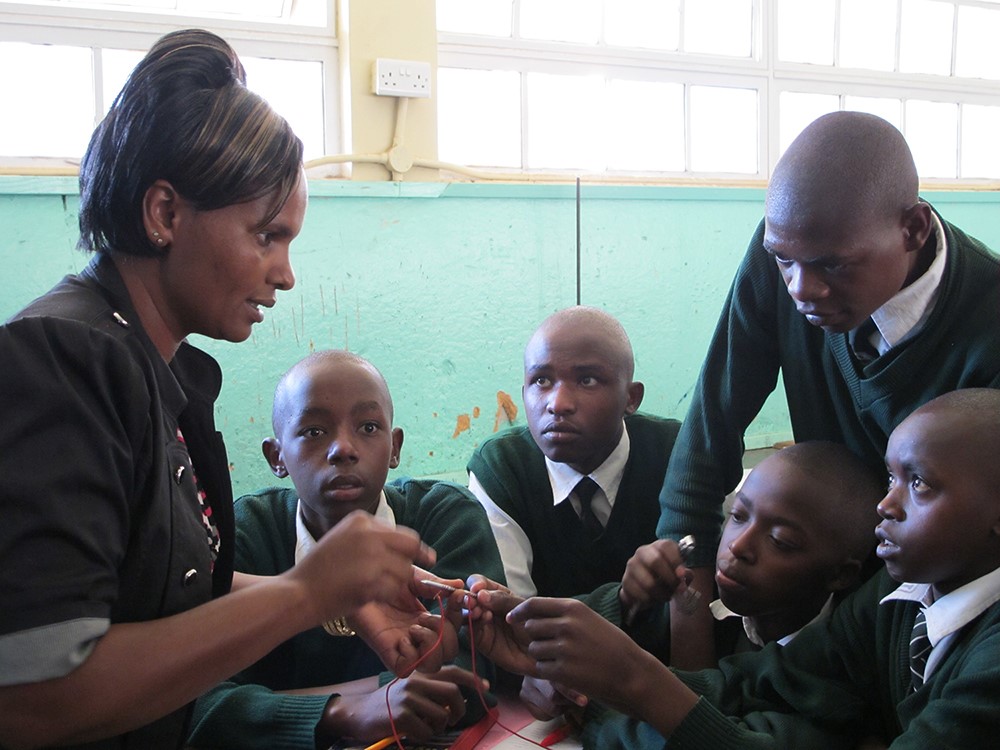Project-based learning spurring creativity in Kenya and Tanzania
The Partnership to Strengthen Innovation and Practice in Secondary Education (SIPSE) activities in 2015 kicked off with a meeting of master trainers on 24 January. This was an opportunity for learning exchange and consensus building regarding the progress of project-based learning currently ongoing in the 20 SIPSE secondary schools in Kenya and Tanzania. The programme has 11 master trainers coordinating project-based learning in these schools – 5 in Kenya and 6 in Tanzania.
Project-based learning is a comprehensive approach to classroom teaching and learning that is designed to engage students in investigation of authentic problems. Within this framework, students pursue solutions to nontrivial problems by asking and refining questions, debating ideas, making predictions, designing plans and experiments, collecting and analysing data, drawing conclusions, communicating their ideas and findings to others, asking new questions, and creating artefacts.[1]
The SIPSE professional development programme combines online, mobile and face-to-face workshops to equip teachers with ICT skills to support innovations to increase the quality of teaching and learning in Science, Technology, English, and Mathematics (STEM) subjects. These teachers then use these ICT skills and project-based learning methods in the classrooms.
From 20 February to 27 March 2015, students in the SIPSE programme are carrying out educational projects in Biology, Math, English, Chemistry, Physics and ICT with the support of their teachers. For example, English students in Mumbuni Secondary School in Kenya are collectively analyzing a chapter and story characters in their curriculum set book. “The students have to seek innovative solutions to this challenge within the timelines and limitations of the assignment,” says English teacher Monica Gonge. The best projects will be recognized in award ceremonies in Kenya and Tanzania in May.
As a master trainer at Ngudu Secondary School in Tanzania for two years, Godfrey Michael Muhangwa prefers ICT integration in the classroom compared to the previous chalk-talk method. “Low interaction and lack of collective learning in the chalk-talk method meant that our students would quickly lose interest. In addition, this one-track approach did not suit students with different learning styles. Some students learn better by visual means, others by auditory means, while others excel with a hands-on approach,” says Godfrey. The combined use of sound and visual presentations in STEM subjects has greatly improved the learning atmosphere and now more students actively participate in the learning process. “I am also more empowered in using ICT in daily teaching and learning, and in preparing lesson plans and resources,” he concludes.
[1]
Blumenfeld, P., Soloway, E., Marx, R., Krajcik, J., Guzdial, M., & Palincsar, A. (1991) Motivating project-based learning: Sustaining the doing, supporting the learning. Educational Psychologist, 26 (3 & 4), 369-398.

